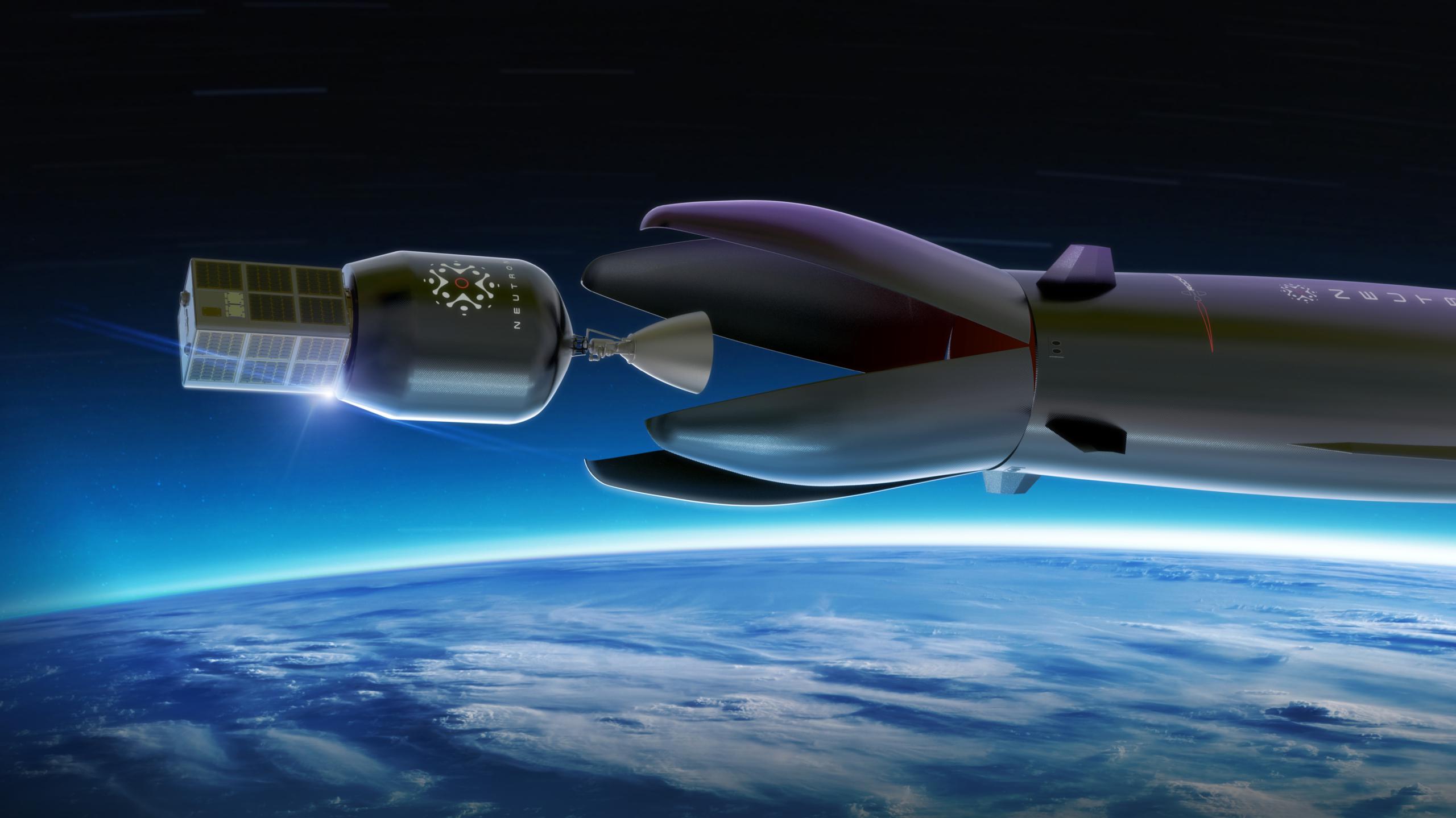

News
Rocket Lab to build reusable Neutron rocket factory and launch pad in Virginia
Rocket Lab has selected Virginian island to host the first launch site, factory, and landing pad for its next-generation Neutron rocket.
In a move reminiscent of SpaceX’s Starbase Starship factory and launch sites, Rocket Lab plans to build and launch its Neutron rocket in more or less adjacent facilities within NASA’s Wallops Flight Facility and Mid-Atlantic Regional Spaceport on Virginia’s Eastern Shore. Rocket Lab estimates that this new facility will bring over 250 jobs to the area, including engineers, technicians, and support staff that will be working at the complex.
The 250,000-square-foot facility will support Neutron production, assembly, and integration within spitting distance of its first orbital launch site. The site will be Rocket Lab’s third main rocket development and production facility, joining a small factory and headquarters in Huntington Beach, California, and a more substantial Auckland, New Zealand factory. Rocket Lab’s Auckland factory is dedicated to manufacturing the company’s smaller Electron rocket, which (for now) is exclusively launched out of pads located on the north island’s Māhia Peninsula. Neutron’s Virginia manufacturing complex will be in close proximity to Rocket Lab’s lone American Electron launch pad (LC-2), which is also located at Wallops.
However, Electron is merely Rocket Lab’s first step into orbital rocketry Neutron, Rocket Lab’s next rocket, will be capable of launching at least 8 tons (~17,600 lb) into low Earth orbit (LEO). Borrowing heavily from experience with Electron, Neutron will be the first medium-lift rocket made primarily of carbon fiber composites.
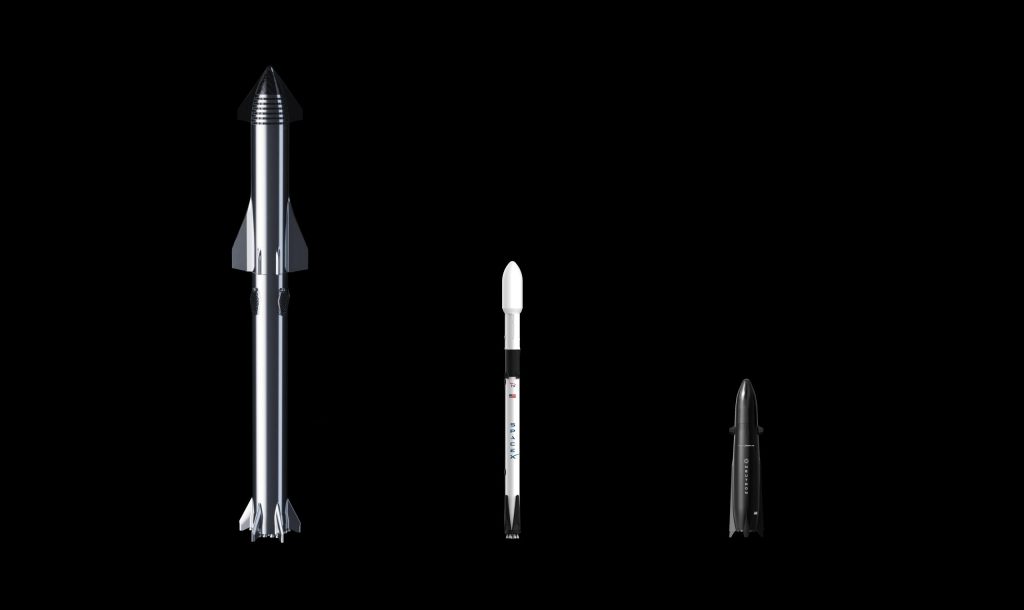
Unlike Electron, though, Neutron is being designed from the ground up for partial reusability. Powered by its reusable Archimedes engines, Rocket Lab believes the Neutron launch vehicle will be ideal for satellite constellation launches but also be sized right to support a range of other missions, including deep space exploration and, potentially, human spaceflight. In practice, even though Neutron’s design is substantially different, the rocket is effectively a half-scale Falcon 9 with some noteworthy modifications. Both are two-stage rockets with expendable upper stages and reusable boosters and fairings. With fairing and booster recovery, Falcon 9 is able to launch about 16 tons (~35,000 lb) to LEO – twice Neutron’s 8 tons.
Neutron stands at approximately 131 feet tall (39.9 meters) and between 5 and 7 meters (16-23 ft) wide – more than twice the height and 4-6 times the width of Electron. Because of its size and performance, Rocket Lab expects Neutron to be a strong competitor with other large launch providers, including SpaceX. As far as cost per launch, Beck has declined to provide an estimate beyond stating that “ it would be a pointless exercise [if Rocket Lab] didn’t think that it would be very cost-competitive with anything that’s currently in the market or being proposed.” Currently, the company’s Electron rocket is sold for about $7-8 million per launch. SpaceX, their largest prospective competitor, has sold Falcon 9s for as little as $50 million, while executives have indicated that the rocket costs the company just $28 million for a launch with a reused booster and fairing.
Rocket Lab has received strong support from the Commonwealth of Virginia and the Virginia Economic Development Partnership is working alongside Accomack County, the Virginia Commercial Space Flight Authority (Virginia Space), and the General Assembly’s Major Employment and Investment (MEI) Project Approval Commission to help expedite the process. That support is one of the primary reasons Rocket Lab selected Virginia of all places to build its first Neutron hub. According to Rocket Lab, as part of the Commonwealth’s proposal, “$30 million has been set aside for infrastructure and operational systems improvements to the Mid-Atlantic Regional Spaceport where the Neutron launch site will be located, along with $15 million from the MEI Project Approval Commission in site improvements and building construction in support of Neutron.”
Shaun D’Mello, the company’s Vice President stated, “We’ve enjoyed a solid partnership with Virginia for years that will no doubt be strengthened with Neutron. We have a shared mission to develop Rocket Lab’s presence at the Mid-Atlantic Regional Spaceport into a strategic national asset that provides responsive, reliable, reusable space launch through Neutron and Electron, and breaking ground on the site soon is a significant and impelling step toward that future.”
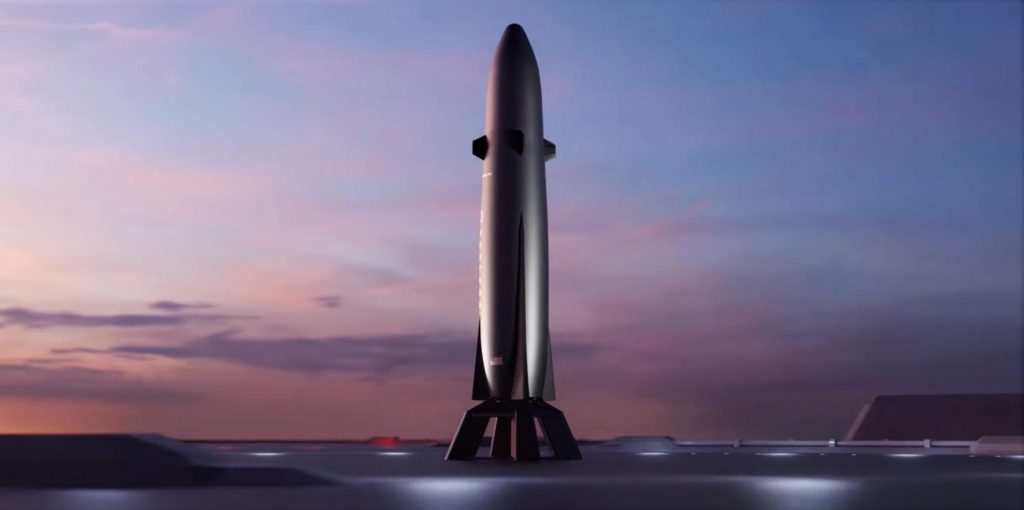
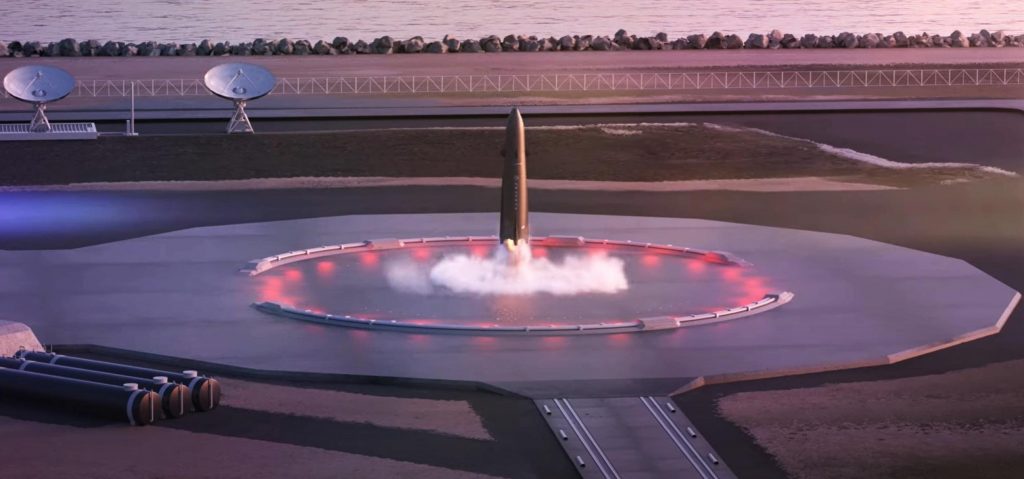
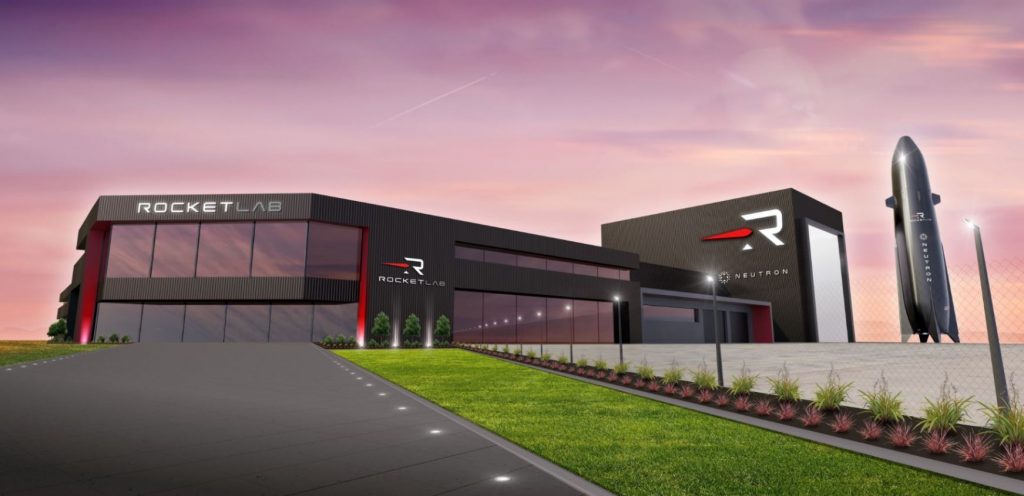
A public target has not been set for the completion of the factory and launch site but Rocket Lab states that they “expect to begin construction promptly.” Neutron, scheduled to launch as earlier as 2024, has already generated some degree of demand, and the United States Space Force recently decided to invest $24 million in its development.
Rocket Lab revealed the news of Neutron’s first factory and launch site comes on the same day as the first orbital launch from Launch Complex 1’s new Pad B. To learn more about Pad B and Rocket Lab’s existing Electron launch facilities, click here.

News
Tesla is not sparing any expense in ensuring the Cybercab is safe
Images shared by the longtime watcher showed 16 Cybercab prototypes parked near Giga Texas’ dedicated crash test facility.

The Tesla Cybercab could very well be the safest taxi on the road when it is released and deployed for public use. This was, at least, hinted at by the intensive safety tests that Tesla seems to be putting the autonomous two-seater through at its Giga Texas crash test facility.
Intensive crash tests
As per recent images from longtime Giga Texas watcher and drone operator Joe Tegtmeyer, Tesla seems to be very busy crash testing Cybercab units. Images shared by the longtime watcher showed 16 Cybercab prototypes parked near Giga Texas’ dedicated crash test facility just before the holidays.
Tegtmeyer’s aerial photos showed the prototypes clustered outside the factory’s testing building. Some uncovered Cybercabs showed notable damage and one even had its airbags engaged. With Cybercab production expected to start in about 130 days, it appears that Tesla is very busy ensuring that its autonomous two-seater ends up becoming the safest taxi on public roads.
Prioritizing safety
With no human driver controls, the Cybercab demands exceptional active and passive safety systems to protect occupants in any scenario. Considering Tesla’s reputation, it is then understandable that the company seems to be sparing no expense in ensuring that the Cybercab is as safe as possible.
Tesla’s focus on safety was recently highlighted when the Cybertruck achieved a Top Safety Pick+ rating from the Insurance Institute for Highway Safety (IIHS). This was a notable victory for the Cybertruck as critics have long claimed that the vehicle will be one of, if not the, most unsafe truck on the road due to its appearance. The vehicle’s Top Safety Pick+ rating, if any, simply proved that Tesla never neglects to make its cars as safe as possible, and that definitely includes the Cybercab.
Elon Musk
Tesla’s Elon Musk gives timeframe for FSD’s release in UAE
Provided that Musk’s timeframe proves accurate, FSD would be able to start saturating the Middle East, starting with the UAE, next year.

Tesla CEO Elon Musk stated on Monday that Full Self-Driving (Supervised) could launch in the United Arab Emirates (UAE) as soon as January 2026.
Provided that Musk’s timeframe proves accurate, FSD would be able to start saturating the Middle East, starting with the UAE, next year.
Musk’s estimate
In a post on X, UAE-based political analyst Ahmed Sharif Al Amiri asked Musk when FSD would arrive in the country, quoting an earlier post where the CEO encouraged users to try out FSD for themselves. Musk responded directly to the analyst’s inquiry.
“Hopefully, next month,” Musk wrote. The exchange attracted a lot of attention, with numerous X users sharing their excitement at the idea of FSD being brought to a new country. FSD (Supervised), after all, would likely allow hands-off highway driving, urban navigation, and parking under driver oversight in traffic-heavy cities such as Dubai and Abu Dhabi.
Musk’s comments about FSD’s arrival in the UAE were posted following his visit to the Middle Eastern country. Over the weekend, images were shared online of Musk meeting with UAE Defense Minister, Deputy Prime Minister, and Dubai Crown Prince HH Sheikh Hamdan bin Mohammed. Musk also posted a supportive message about the country, posting “UAE rocks!” on X.
FSD recognition
FSD has been getting quite a lot of support from foreign media outlets. FSD (Supervised) earned high marks from Germany’s largest car magazine, Auto Bild, during a test in Berlin’s challenging urban environment. The demonstration highlighted the system’s ability to handle dense traffic, construction sites, pedestrian crossings, and narrow streets with smooth, confident decision-making.
Journalist Robin Hornig was particularly struck by FSD’s superior perception and tireless attention, stating: “Tesla FSD Supervised sees more than I do. It doesn’t get distracted and never gets tired. I like to think I’m a good driver, but I can’t match this system’s all-around vision. It’s at its best when both work together: my experience and the Tesla’s constant attention.” Only one intervention was needed when the system misread a route, showcasing its maturity while relying on vision-only sensors and over-the-air learning.
News
Tesla quietly flexes FSD’s reliability amid Waymo blackout in San Francisco
“Tesla Robotaxis were unaffected by the SF power outage,” Musk wrote in his post.

Tesla highlighted its Full Self-Driving (Supervised) system’s robustness this week by sharing dashcam footage of a vehicle in FSD navigating pitch-black San Francisco streets during the city’s widespread power outage.
While Waymo’s robotaxis stalled and caused traffic jams, Tesla’s vision-only approach kept operating seamlessly without remote intervention. Elon Musk amplified the clip, highlighting the contrast between the two systems.
Tesla FSD handles total darkness
The @Tesla_AI account posted a video from a Model Y operating on FSD during San Francisco’s blackout. As could be seen in the video, streetlights, traffic signals, and surrounding illumination were completely out, but the vehicle drove confidently and cautiously, just like a proficient human driver.
Musk reposted the clip, adding context to reports of Waymo vehicles struggling in the same conditions. “Tesla Robotaxis were unaffected by the SF power outage,” Musk wrote in his post.
Musk and the Tesla AI team’s posts highlight the idea that FSD operates a lot like any experienced human driver. Since the system does not rely on a variety of sensors and a complicated symphony of factors, vehicles could technically navigate challenging circumstances as they emerge. This definitely seemed to be the case in San Francisco.
Waymo’s blackout struggles
Waymo faced scrutiny after multiple self-driving Jaguar I-PACE taxis stopped functioning during the blackout, blocking lanes, causing traffic jams, and requiring manual retrieval. Videos shared during the power outage showed fleets of Waymo vehicles just stopping in the middle of the road, seemingly confused about what to do when the lights go out.
In a comment, Waymo stated that its vehicles treat nonfunctional signals as four-way stops, but “the sheer scale of the outage led to instances where vehicles remained stationary longer than usual to confirm the state of the affected intersections. This contributed to traffic friction during the height of the congestion.”
A company spokesperson also shared some thoughts about the incidents. “Yesterday’s power outage was a widespread event that caused gridlock across San Francisco, with non-functioning traffic signals and transit disruptions. While the failure of the utility infrastructure was significant, we are committed to ensuring our technology adjusts to traffic flow during such events,” the Waymo spokesperson stated, adding that it is “focused on rapidly integrating the lessons learned from this event, and are committed to earning and maintaining the trust of the communities we serve every day.”








